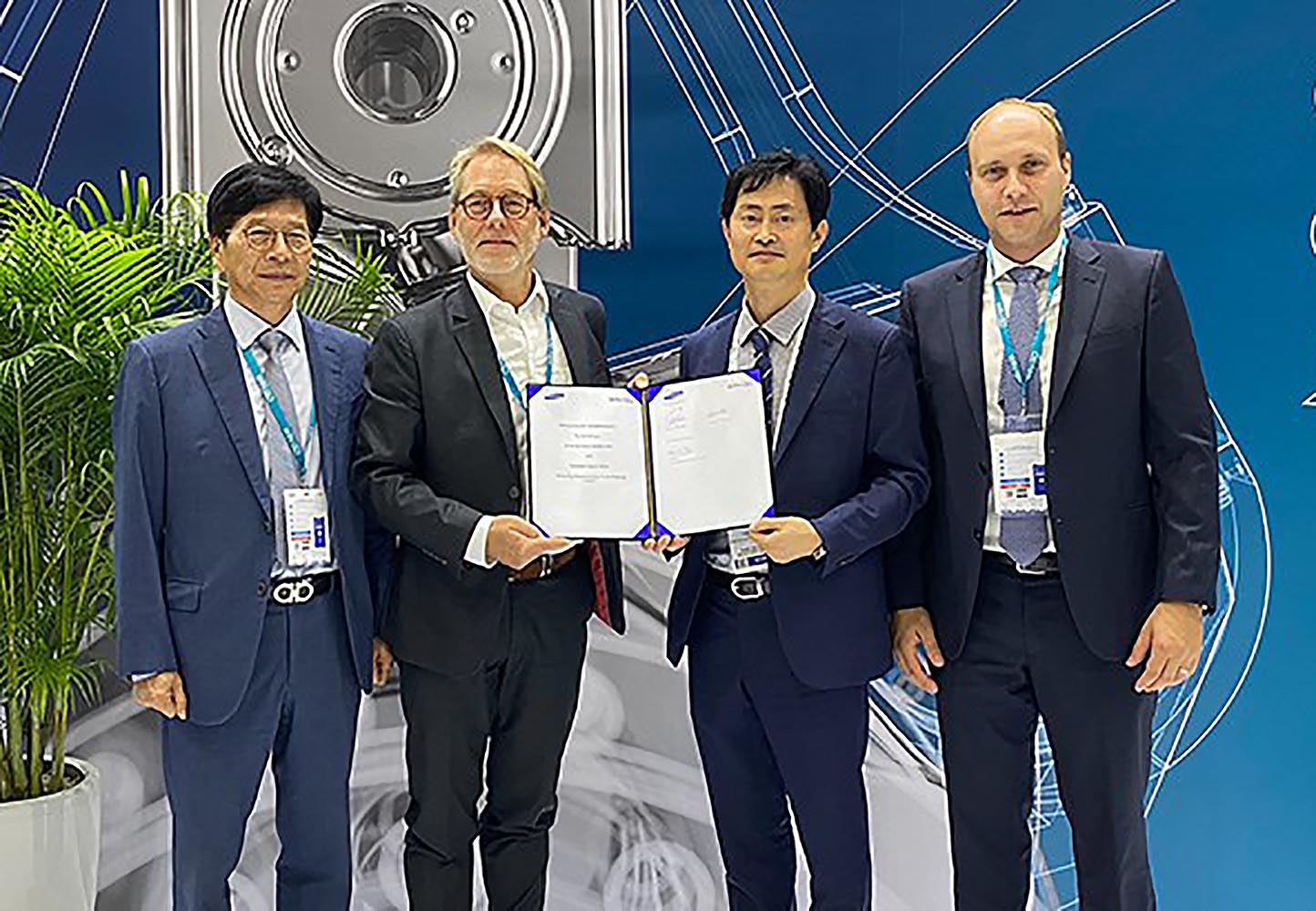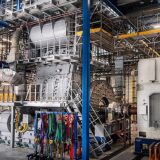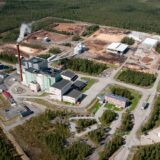
WinGD and Samsung to collaborate on ammonia-fueled vessels
In a significant move towards sustainable marine propulsion, Swiss marine power firm WinGD and renowned shipbuilder Samsung Heavy Industries (SHI) have joined forces. The two industry giants have inked a memorandum of understanding to advance vessel applications powered by ammonia-fueled engines.
The collaboration will focus on integrating WinGD’s X-DF-A dual-fuel ammonia engines with a broader spectrum of ammonia fuel systems and auxiliary machinery. This will span various vessel designs, encompassing oil tankers, container ships, and specifically ammonia carriers. The initiative aligns with WinGD’s strategic plan to launch its X-DF-A ammonia engines by the first quarter of 2025.
Haeki Jang, chief technology officer at Samsung Heavy Industries, expressed his enthusiasm about the partnership. He emphasised that collaborating with WinGD will empower SHI to present its clientele with innovative vessel solutions, crucial for achieving decarbonisation objectives.
Echoing Jang’s sentiments, Volkmar Galke, director of Sales at WinGD, highlighted the significance of this alliance. He stated that the collaboration would pave the way for WinGD to be an integral part of the future fuel strategies of one of the globe’s premier shipbuilders. The primary objective is to streamline engine and vessel designs, coupled with fuel system integration guidelines. This will eventually lead to the widespread adoption of X-DF-A engines on a myriad of ammonia-powered vessels constructed by SHI.
In the coming months, WinGD is set to kickstart the validation of its pioneering ammonia-fueled engine concept. These tests, scheduled in Winterthur, Switzerland, and Shanghai, China, will build upon the combustion concept testing initiated in 2021. These tests aimed to delve into the emission patterns and injection prerequisites of ammonia as a fuel.
The X-DF-A engine, akin to its methanol-powered counterpart, the X-DF-M, will utilise a high-pressure diesel-cycle combustion mechanism. This process will be facilitated by liquid ammonia fuel injection, complemented by a minimal amount of pilot fuel.














